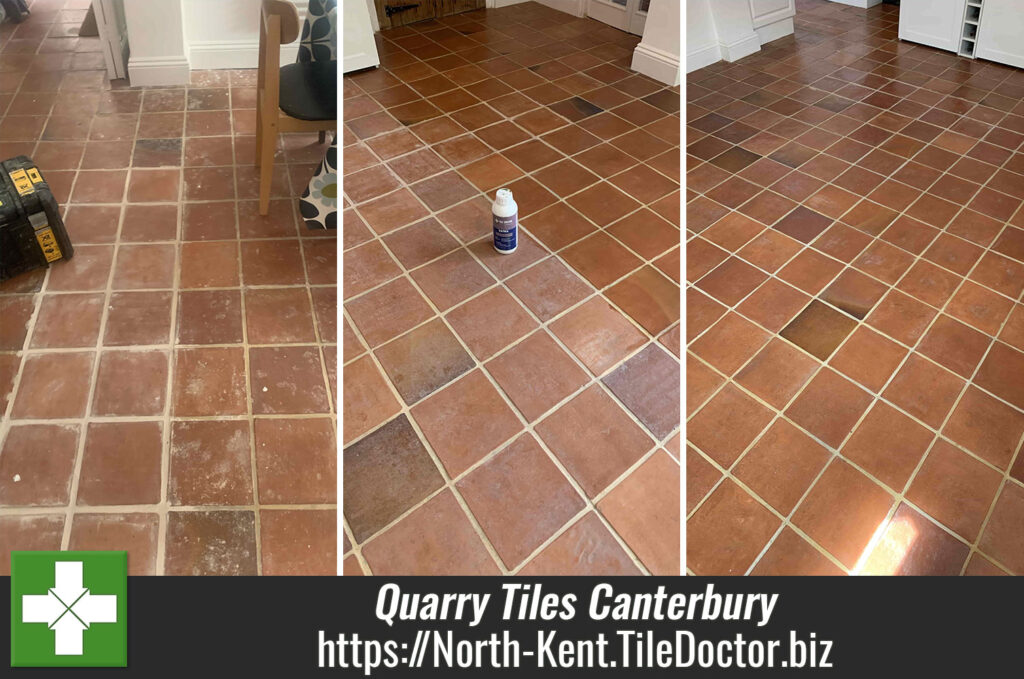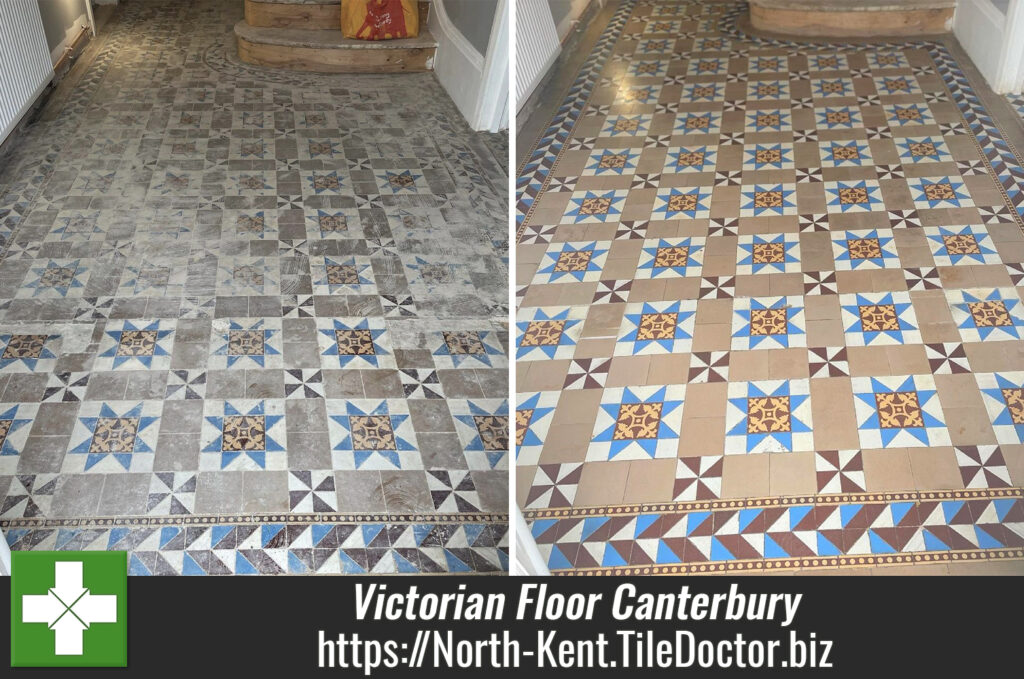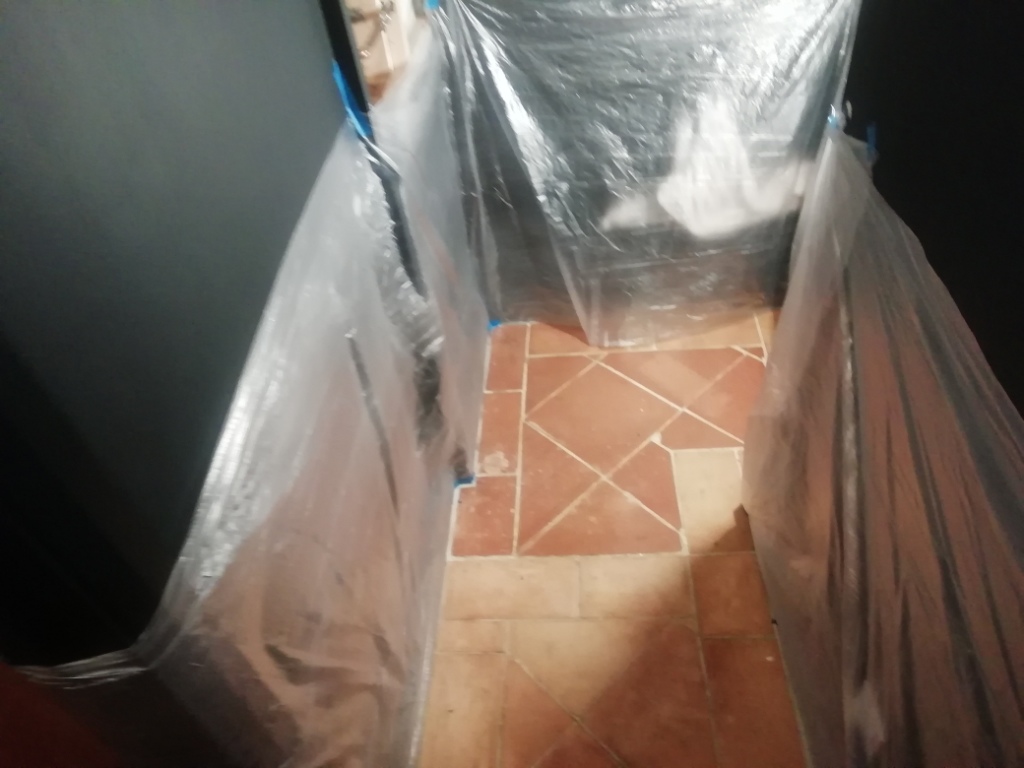Renovating a Paint-Stained Quarry Tiled Kitchen Floor in Canterbury
This Quarry tiled floor at a property in Canterbury had sustained a lot of paint staining from the owner’s friend who had decorated the kitchen and toilet. The customer was a builder and realised how much work would it be to resolve the problem, especially without the correct tools and know how. So, he contacted Tile Doctor and I arranged to perform a survey.
Structurally the Quarry tiles were sound, but the straining was quite obvious, especially near the walls and there was also a section of tiles in the middle of the floor that had been replaced and didn’t quite blend in.
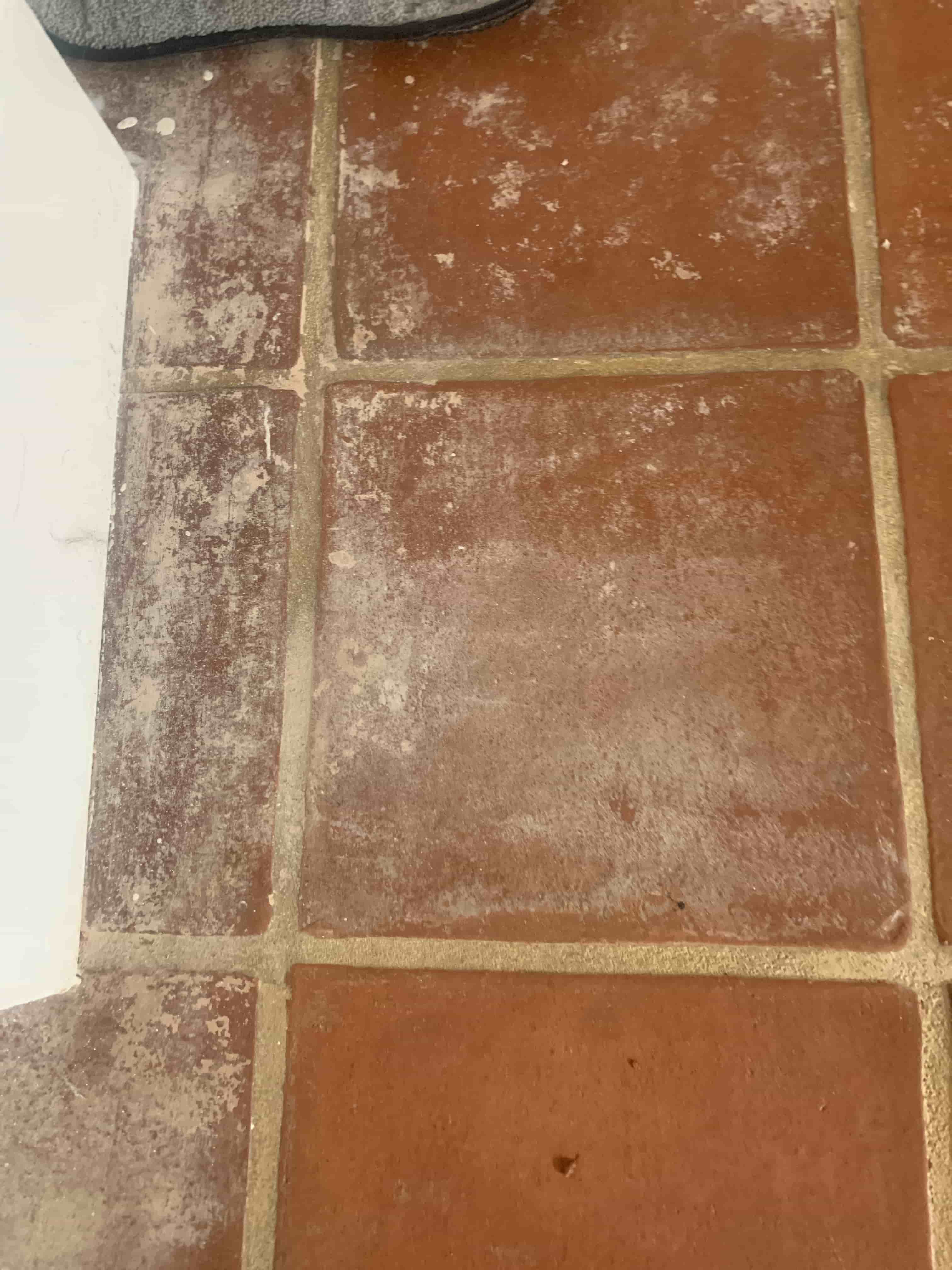 |
 |
I provided a quote for stripping the floor of the paint stains and remaining sealer and then resealing to give the whole floor a consistent appearance. Happy with my quote we scheduled a date for my return to renovate the floor.
 |
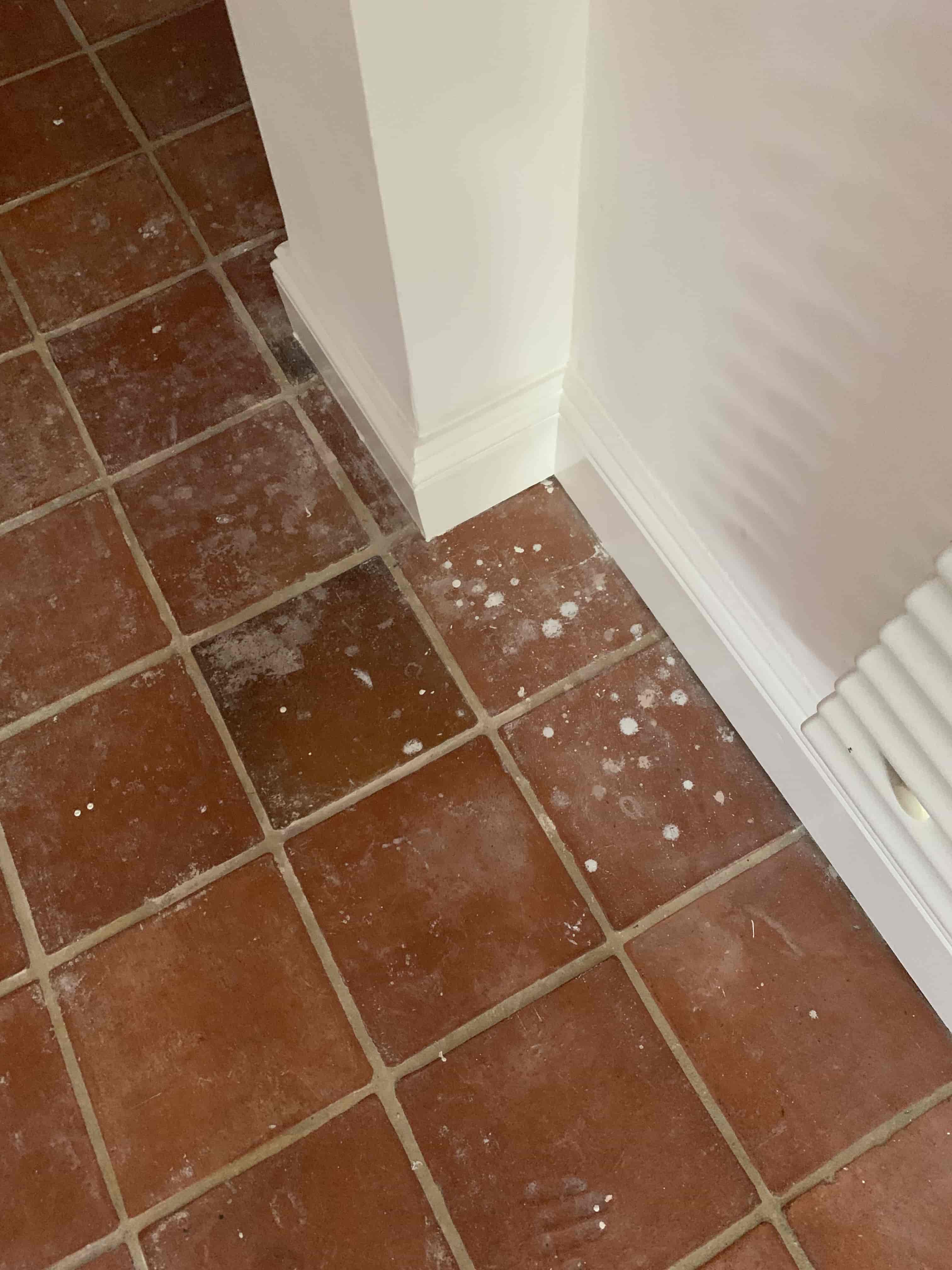 |
Removing Paint Staining from a Quarry Tiled Kitchen Floor
To tackle the paint stains and strip off the old sealer I put down in stages Tile Doctor’s Remove and Go which is a multi-purpose stripper formulated with a long dwell-time to remove most sealers, epoxy grout haze, adhesives and, most importantly, paint!
After leaving it to soak in for ten to fifteen minutes the Remove and Go had softened the paint marks enough for them to be removed with a black scrubbing pad. The pad is fitted to a rotary floor buffing machine adding water along the way to help lubricate the process. Once done the soil generated was vacuumed up and then repeated using an application of diluted Tile Doctor Pro-Clean, again the black scrubbing pad was used to lift out the last of the dirt in the tiles and further clean up the grout.
This process was repeated, and some areas spot treated until I was satisfied all the paint staining had been removed. Again, the resulting slurry and rinse water was removed using a wet vacuum before the floor was left to dry completely over the course of a few days.
Sealing a Quarry Tiled Kitchen and Utility Floor
Returning three days later, I took some moisture readings with a damp meter first. The readings were fine so satisfied that the tiles were sufficiently dry, I began applying what would be four coats of Tile Doctor Seal and Go Extra. This product was chosen for its nice low sheen finish that it gives to the floor.



Professional Renovation of a Quarry Tiled Kitchen and Utility in Kent
Renovating a Paint-Stained Quarry Tiled Kitchen Floor in Canterbury Read More »


